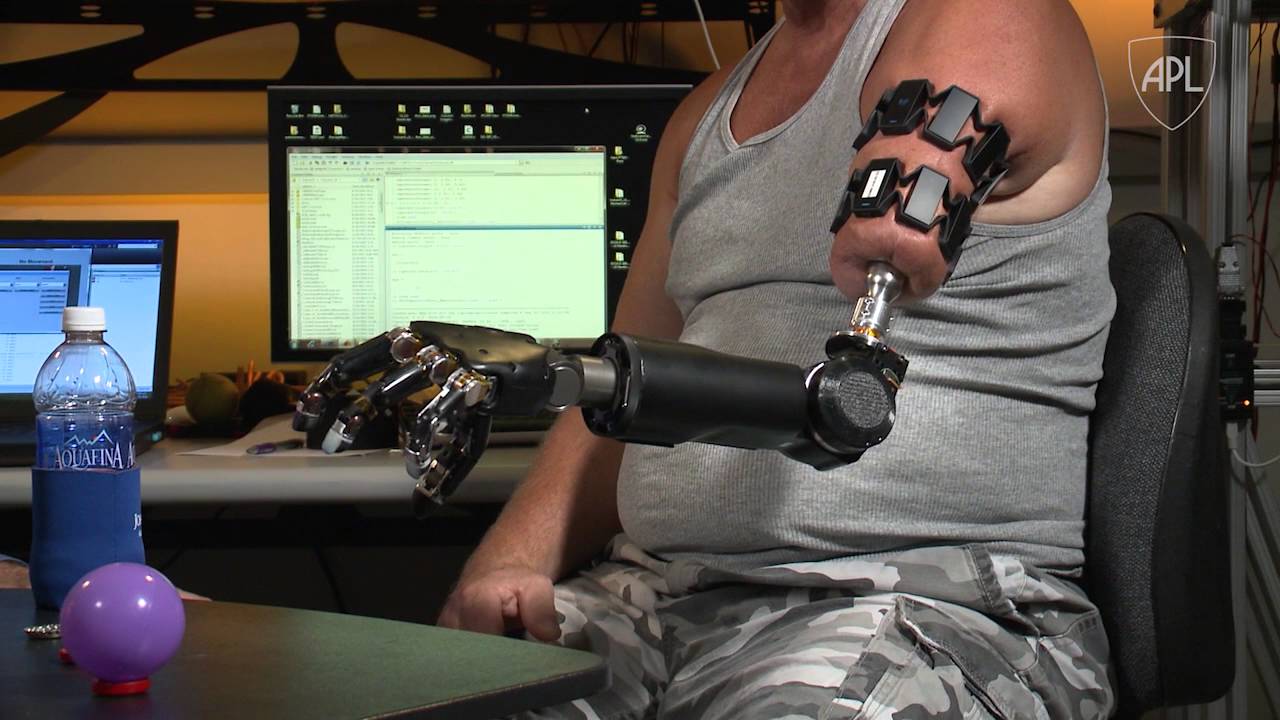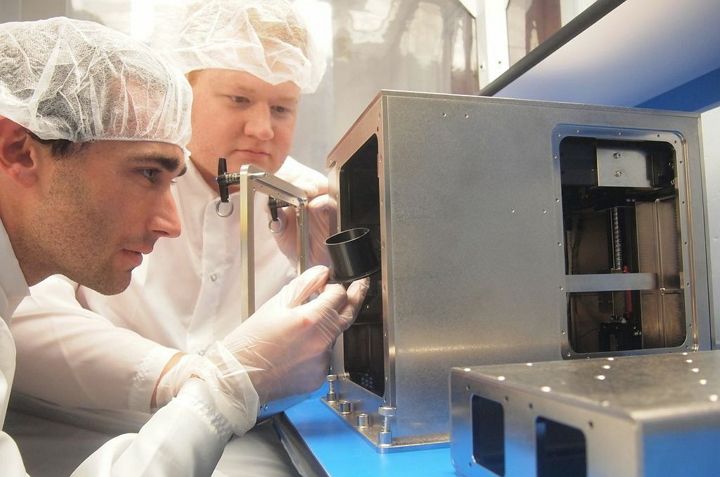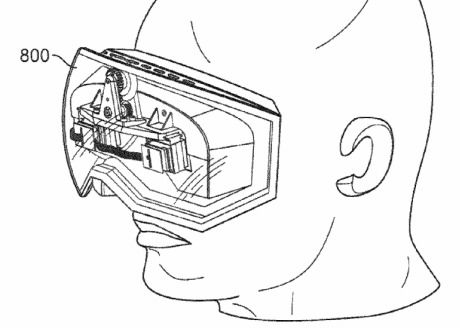Feb 1, 2016
Is Harm to a Prosthetic Limb Property Damage or Personal Injury?
Posted by Roman Mednitzer in categories: biotech/medical, cyborgs, law
Oxford researchers suggest the law might have to reassess what it considers person and property.

Oxford researchers suggest the law might have to reassess what it considers person and property.
Transport Quantum bits via superconducting nanowires. Definite step forward in information transmittal capabilities.
Although 74 picoseconds may not sound like much — a picosecond is a trillionth of a second — it is a big deal in the quantum world, where light particles, or photons, can carry valuable information. In this case it means that much less “jitter,” or uncertainty in the arrival time of a photon. Less jitter means that photons can be spaced more closely together but still be correctly detected. This enables communications at a higher bit rate, with more information transmitted in the same period.
Every little bit helps when trying to receive faint signals reliably. It helped, for example, in NIST’s recent quantum teleportation record and difficult tests of physics theories. In such experiments, researchers want to decode as much information as possible from the quantum properties of billions of photons, or determine if “entangled” photons have properties that are linked before — or only after — being measured.
 DARPA Futurist’s visions of the future: non breakable parts and improving energy usage. Interesting, we both had worked at the National Labs.
DARPA Futurist’s visions of the future: non breakable parts and improving energy usage. Interesting, we both had worked at the National Labs.
Although we’re still awaiting the mass production of flying cars and miniature fusion reactors, some predictions in the 1985 film Back to the Future for 2015 have, indeed, come true. Among them are in-home videoconferencing and voice and fingerprint recognition for personal devices.
On the 30th anniversary of the movie, the US Defense Advanced Research Projects Agency (DARPA) issued some predictions about the world in 2045. Some of them seem pretty far-fetched (click here for a look), but given the pace of technological development, they might be realized much sooner. So, what would an idealized future for the advanced composites industry look like? And rather than looking out 30 years, how about the next 10 to 20? Here are some of my thoughts:
“Make it and break it” is a thing of the past. Today’s “building block” approach to composites, from coupon level to full structures, is both time-consuming and expensive. As computing power evolves, the necessity to fabricate and test thousands of coupons to derive design allowables goes away. Instead, we manufacture a modest set of critical panels and measure a handful of mechanical properties, and use proven and reliable mathematical models to accurately predict the remaining design properties, called “virtual allowables.” Most important, we believe in them. From these, we are able to predict behavior of as-manufactured components and assemblies in impact, crash, fatigue and other potential failure modes, leading us to design parts at minimum weight and cost. We also characterize the rheology of the various polymers in composites, as well as forming behavior of fibers and textile forms to confidently simulate composite manufacturing processes.
The Phoenix lets paraplegic people sit, stand, and walk. It costs just $40,000. Here’s how the designers pulled it off.
In 2005, Steven Sanchez was trying to do a flip off a BMX dirt ramp when he was paralyzed from the belly button down. 11 years later, with no miracle surgery to speak of, he stands like any other tourist in line at the Vatican.
“I had this awesome robotic suit on, and nobody cared,” he says. “They just waited for me to move up like everyone else moved up.” It was a moment of incredible, touristy normalcy, provided by a bit of practice—and the Phoenix exoskeleton.
A few weeks into sixth grade, Colman Chadam had to leave school because of his DNA.
The situation, odd as it may sound, played out like this. Colman has genetic markers for cystic fibrosis, and kids with the inherited lung disease can’t be near each other because they’re vulnerable to contagious infections. Two siblings with cystic fibrosis also attended Colman’s middle school in Palo Alto, California in 2012. So Colman was out, even though he didn’t actually have the disease, according to a lawsuit that his parents filed against the school district. The allegation? Genetic discrimination.
Yes, genetic discrimination. Get used to those two words together, because they’re likely to become a lot more common. With DNA tests now cheap and readily available, the number of people getting tests has gone way up—along with the potential for discrimination based on the results. When Colman’s school tried to transfer him based on his genetic status, the lawsuit alleges, the district violated the Americans With Disabilities Act and Colman’s First Amendment right to privacy. “This is the test case,” says the Chadam’s lawyer, Stephen Jaffe.
Less than a year after scientists in China became the first to genetically modify human embryos, a research team in Britain has been given the green light to perform similar work. It’s a huge moment in biotech history—one that could eventually lead to “designer babies.”
Last September, scientists at London’s Francis Crick Institute asked the U.K’s Human Fertilisation and Embryology Authority (HEFA) for permission to perform gene editing work on human embryos. Their request has now been granted, potentially paving the way for other similar work. Human germline editing is deemed controversial because any baby born through the technique has the potential to pass those genetically modified traits down to the next generation. Advocates of the practice say it could eliminate a host of genetic diseases, while at the same time introducing the possibility of human enhancement.
“The work carried out at the Crick will be for research purposes and will look at the first seven days of a fertilized egg’s development (from a single cell to around 250 cells),” noted the lab in a statement. “The knowledge acquired from the research will be important for understanding how a healthy human embryo develops.” Geneticist Kathy Niakan will be overseeing the work.

Made In Space and NanoRacks have been making news lately with the announcement of partnerships to change the way objects are imagined and built off the planet, and now the companies have joined forces to provide a novel new service for CubeSat developers.
 They call it “Stash & Deploy,” and the service will leverage the NanoRacks heritage in CubeSat deployment and the capability of Made In Space to provide 3D printing capabilities and deliver – on-demand – satellite manufacturing, assembly, and deployment in the space environment.
They call it “Stash & Deploy,” and the service will leverage the NanoRacks heritage in CubeSat deployment and the capability of Made In Space to provide 3D printing capabilities and deliver – on-demand – satellite manufacturing, assembly, and deployment in the space environment.
The plan calls for a variety of standard and customer-specific satellite components to be “cached” within a satellite deployment vehicle such as the International Space Station, and the components will be “stashed” for rapid manufacture of CubeSats.
“The SpaceX Hyperloop Pod competition crowned a winner on Sunday, naming the MIT Hyperloop Team as the group with the best look at what the Hyperloop transportation pod system might look like in the future.”

Apple’s quietly building a small army of virtual reality developers, and has been working on a headset for several months, but it’s been typically vague about its plans with the public. And on Friday, company representatives confirmed it’s made yet another another acquisition.
“Apple buys smaller technology companies from time to time, and we generally do not discuss our purpose or plans,” Apple told Tim Bradshaw of the Financial Times, confirming its buy of Flyby Media, a company that “is dedicated to building new technology that can elevate, rather than replace, our real-world experiences.”
Continue reading “Apple’s Working On Super Secretive Virtual Reality Technology” »
The Francis Crick institute will genetically edit the leftover embryos from from IVF clinics.
